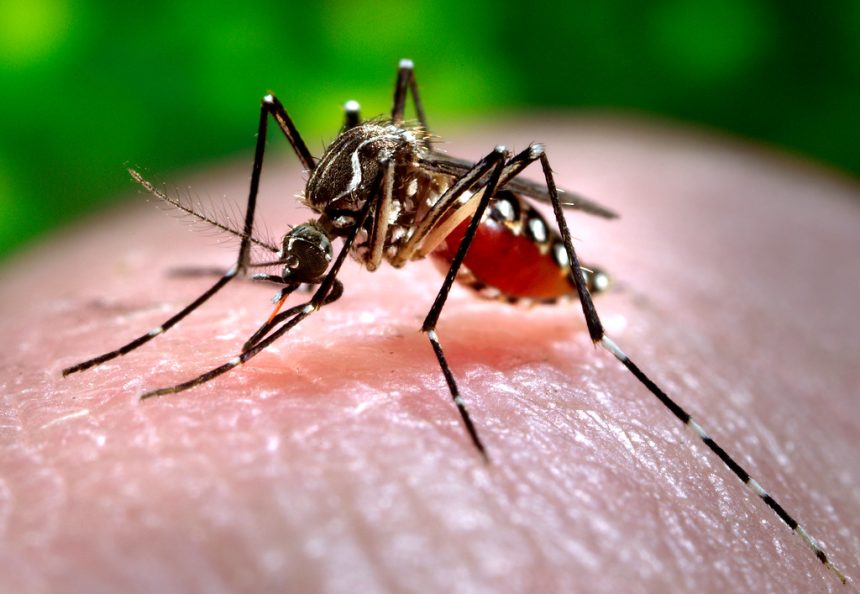Singapore faces a concerning uptick in dengue cases, with the figures from the first quarter of 2024 more than doubling compared to the same period last year. The National Environment Agency (NEA) has sounded an alarm, urging for “continued urgent action” to stem the tide of infections and prevent a potential surge as the year progresses.
A Worrisome Trend
The NEA’s latest data reveals a stark increase in dengue infections, with over 5,000 cases reported in just the first three months of 2024. This is a significant jump from the 2,360 cases recorded during the same timeframe in 2023, highlighting a growing public health concern.
Rising Fatalities
The dengue outbreak has also seen a rise in fatalities, with seven deaths attributed to the disease so far this year. This figure surpasses the total number of dengue-related deaths reported in all of 2023, which stood at six, underscoring the deadly potential of this year’s outbreak.
Launch of National Campaign
In response to the escalating situation, the NEA launched a national dengue prevention campaign on the last day of March. This preemptive move aims to galvanize the public and relevant stakeholders into action ahead of the traditional peak dengue season, which spans from May to October.
Persistent Mosquito Population
Compounding the challenge is the high Aedes aegypti mosquito population, the primary vector for the dengue virus. January saw a worrying doubling in the number of Aedes mosquito breeding habitats discovered in residential areas compared to the same month in the previous year.
As Singapore braces for the peak dengue season, the NEA’s call for urgent, collective action becomes more critical. The community’s proactive engagement in dengue prevention measures will be vital in curbing the spread of this potentially fatal disease.
Also learn about Battling Dengue: The Wolbachia Project in Singapore.










